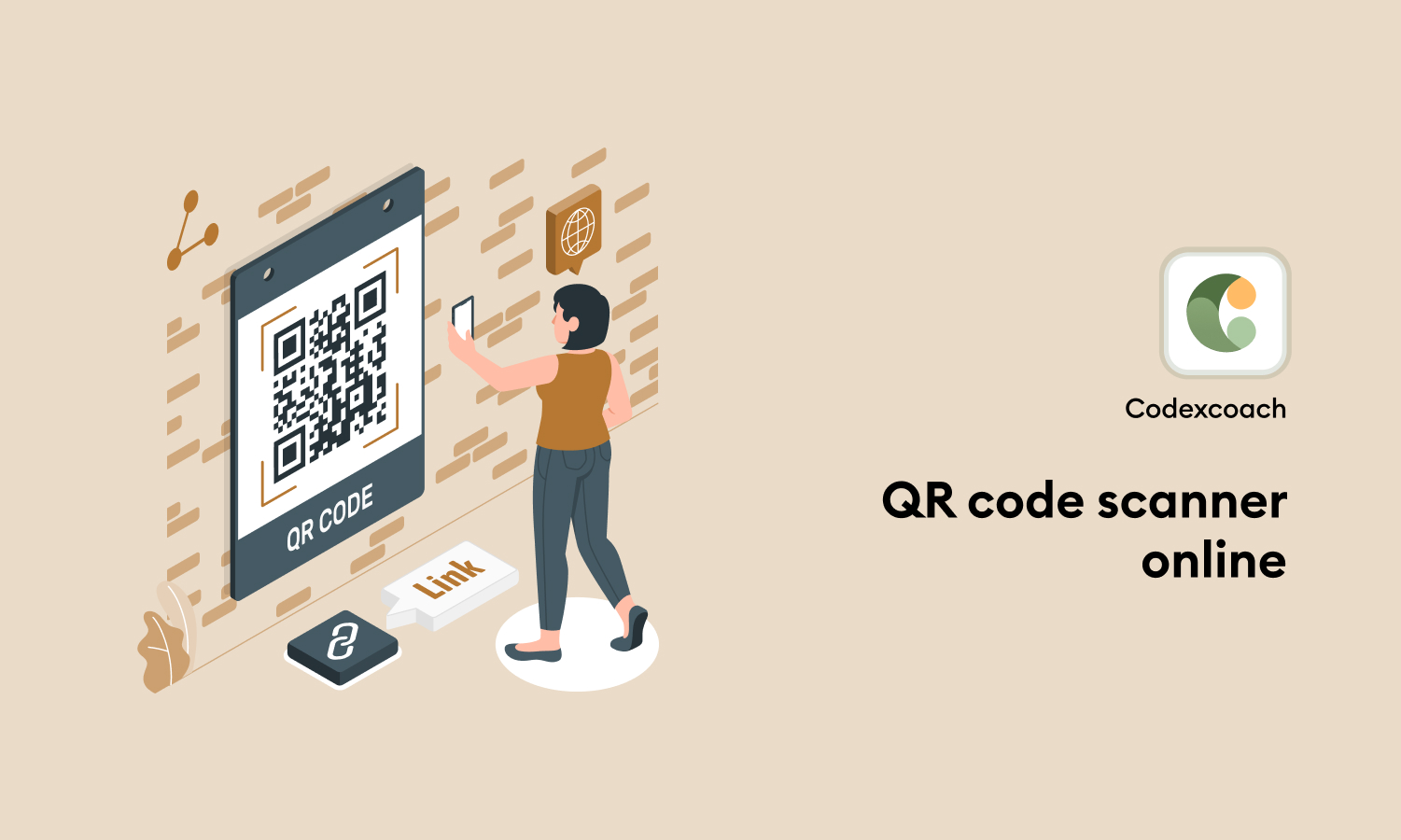About Server Status Checker
Our HTTP Server Status Code Checker helps you find out if websites are working properly. Imagine that every time you visit a website. It is like a hidden greeting that happens behind the scenes. But if the greeting doesn’t work, you may see messages on your screen saying “something went wrong” with numbers like 404.
If you’re in charge of a website or care about how well it’s doing on the search engines, you’ll want to keep an eye on these secret handshakes. Our server checker tool is a free companion to smaller SEO tools that let you do just that easily.
You can check up to 100 websites at once to see their secret handshakes or what we call HTTP status codes, which are usually hidden from plain view. Our server checker lists each website’s status code on a new line, telling you what’s going on with each site. Below, we’ll explain what the different status codes mean that helps you understand what your websites are saying in their secret handshake.
Understanding Of HTTP Status Code
- 200 Server is good and responding.
- 301 Server has moved permanently. You will be sent to a new location.
- 302 Server has been temporarily moved. You will go back to the original server later.
- Like 307 302, but it’s obvious that you’ll be using the original URL again after a while.
- 400 Bad request errors. The server doesn’t understand what you asked for.
- 401 Unauthorised access error. You are not allowed to view the content.
- 403 Access Denied Error. A server or firewall is blocking your request.
- 404 Not found error. The server cannot find the page you are looking for.
- 410 An error occurred. The page was there, but not anymore.
- 500 Internal Server Error. Something went wrong on the server.
When to Use Server Status Checker
Server Status Checker is a simple tool that you can use for free. It helps you to find out whether the website is up and running or it is down. All you need to do is type in the website address, and this tool will tell you instantly whether everything is fine with that site or not.
If a website is not opening or working, it may be due to a problem with its server. People cannot access the website as the server is down. This is a big deal because it can mean the website loses money or misses out on sales.
When you visit a website, each page sends a unique number that tells you if the page is functioning properly. If everything is fine, you will see the number 200. But if there’s a problem, like the page you’re looking for isn’t there, you’ll probably see a 404 number. And if there is a major problem with the website itself, you may see numbers like 500 or 503.
How Does HTTP Server Status Checker Tool Work?
HTTP status codes are like a secret language that websites and browsers use to talk to each other. When you try to visit a website, your Internet browser asks the website’s server to display the page. The server responds with one of these special numbers, the HTTP status code. These numbers help you figure out what went wrong if the website doesn’t load as it should.
If you see an error message when you’re trying to visit a website and it’s showing up in your Internet browser, it’s probably one of these HTTP status codes. This means that the website is experiencing some kind of problem that needs to be fixed.
What is a Server Status Checker Tool?
HTTP Server status tools help you check website servers are working properly. They let you know that your website is up and running without any issues. This is important because if your server is good, your website will always be available for people who want to visit it.
How to Use a Server Status Checker?
1. Copy the full domain name of your website.
2. Go to Codexcoach website.
3. Find the Server Status Checker tool by searching.
4. Paste your domain name into the tool.
5. You will get all the information about the health of your server.
Why Our Server Status Checker Is Great?
- It is easy to use.
- This is free.
- It gives you fast results.
- That’s for sure.
- It keeps your information safe.
HTTP Status Codes and Errors Matter in SEO
HTTP status codes are like signals to search engines when they visit your website. They tell the search engines if your website is working well or if there is a problem.
- Codes from 100 to 200 means everything is fine with your website.
- Codes from 400 to 500 tell the search engine that there is a problem. This can prevent search engines from showing your website in search results and can make your website rank lower because it looks like it’s not a high-quality site.





